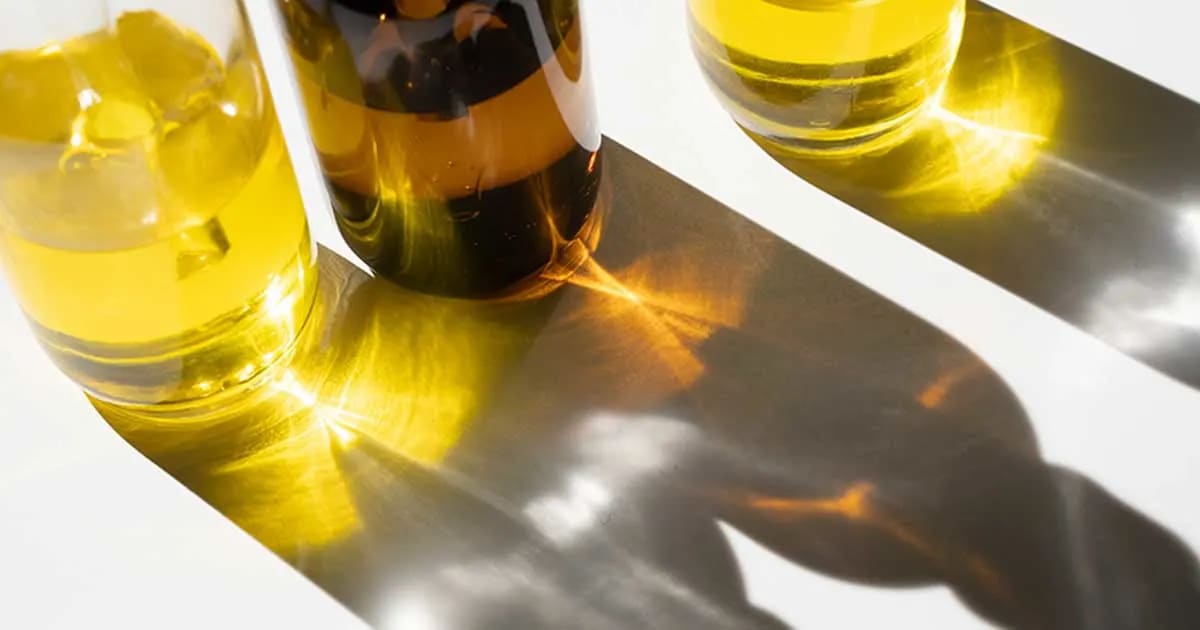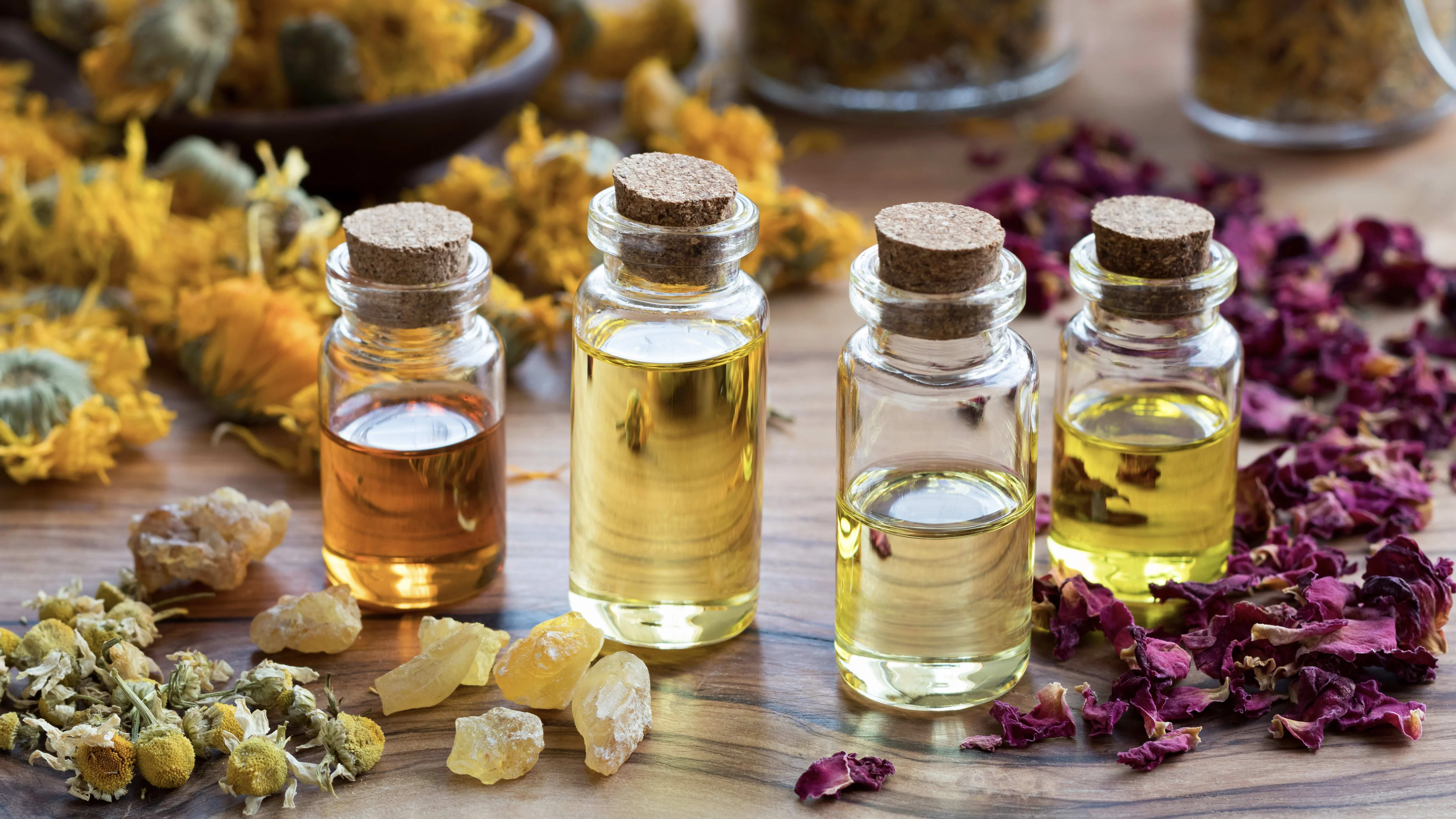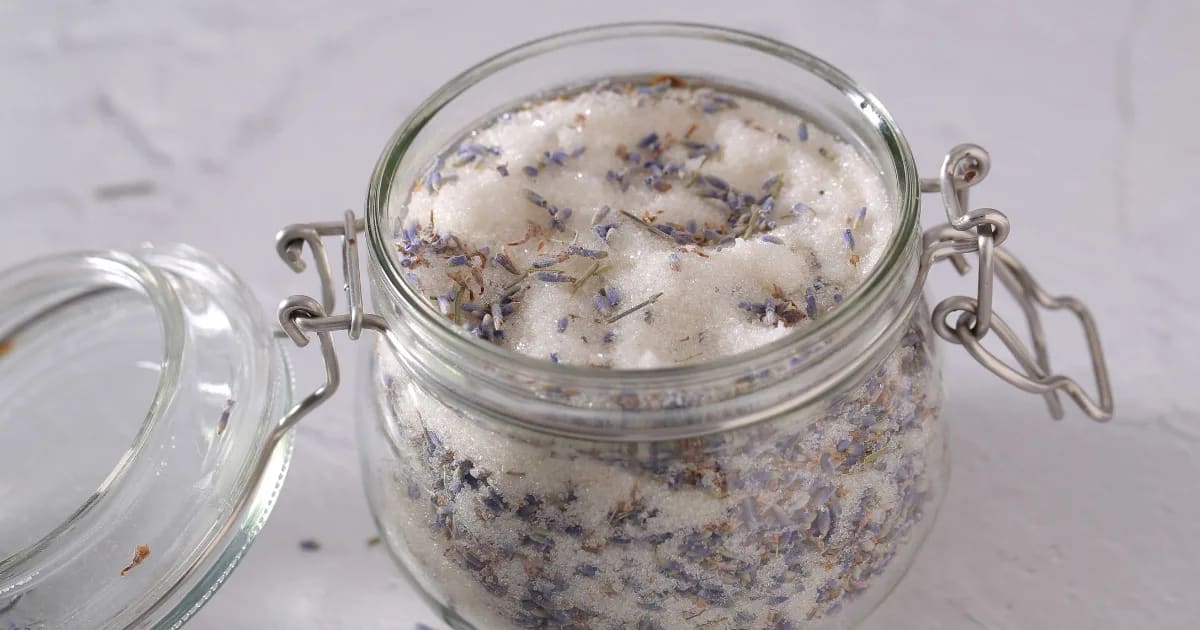3 Essential Oils for Fingers and Wrist Joints

Care for fingers and wrists with this soothing essential oil recipe!
Using essential oils for fingers and wrist joints calls for serious science!
You want a recipe that's full of natural components which have actually been proven to calm inflammation and support free and easy movement.
This natural salve recipe is made with oils that can truly help.
Each oil is full of powerful soothing components, including:
α-Pinene
β-Myrcene
Linalool
α-Bisabolol
Chamazulene
From the standpoint of a Certified Aromatherapist, that looks like a cocktail for natural joint relief!
You'll learn more about these components below. First, here's the recipe.
Tamala Salve for Fingers and Wrist Joints
3.5 oz Trauma Oil
0.5 oz Beeswax (Cera flava)
30 drops Tamala essential oil (Cinnamomum tamala ct. linalool)
25 drops Juniper Berry essential oil (Juniperus communis)
17 drops German Chamomile essential oil (Matricaria recutita)
Directions
Set up a stovetop melting method. Try putting a Pyrex measuring cup into a soup pot that's about ¼ full of gently simmering water. The water will heat the measuring cup. Just be sure the water isn't boiling so it doesn't splash into your measuring cup.
Melt the beeswax in the measuring cup.
Add the Trauma Oil and melt it with the beeswax, stirring gently with a glass stirring rod or a stainless steel spoon.
Remove the blend from the heat and add the drops of essential oil, stirring gently. (If your salve starts to turn solid, just put the measuring cup back over the stove.)
Pour your salve into two 2 oz (60 ml) glass jars or four 1 oz (30 ml) aluminum tins.
Massage your salve into your fingers and wrist joints as needed! The more you use this salve, the more you'll experience its deep, profound relief.
What is Trauma Oil?
The base for this recipe is a salve made with Trauma Oil, which is actually a blend of three herbally infused oils.
The Trauma Oil that I like to use comes from Aromatics International. (They make it by hand!)
They start with extra-virgin organic olive oil, and make three separate herbal infusions: one batch with arnica, one with St. John's wort, and one with calendula. Then they blend all three infusions to create a rich, dark-colored oil that's become a classic natural product for soothing inflammation and pain. I'm never without a bottle in my natural care cabinet!
Juniper Berry essential oil
Juniperus communis
Juniper Berry contains α-pinene and β-myrcene.
Both components can help calm inflammation and ease pain, making Juniper Berry one of my favorite oils for fingers and wrist joints. Juniper Berry is also helpful any time swelling is present.
Learn more about Juniper Berry (and get another joint care recipe!) in this post: Your knees will love this essential oil joint rub recipe
Tamala essential oil
Cinnamomum tamala ct. linalool
Tamala oil's abundant linalool content (over 35%!) makes it an amazing choice for helping your body heal itself, including calming inflammation in fingers and wrist joints.
Linalool has been extensively researched. We know it reduces inflammation, soothes skin, relaxes the nervous system, and more!
German Chamomile essential oil
Matricaria recutita
German Chamomile oil has a distinctive blue color, which comes from chamazulene.
Chamazulene and α-bisabolol are two components responsible for this oil's famous ability to help the body naturally repair its own skin, muscles, joints, connective tissues, and more. I even love using this oil in blends for cuts and scrapes—it's that strong!
REFERENCES
Baylac, S. and Racine, P. (2003) Inhibition of 5-lipoxygenase by essential oils and other natural fragrant extracts. International Journal of Aromatherapy 13, 2/3, 138-142.
Safayhi, H., Sabieraj, J., Sailer, E.R. and Ammon, H.P. (1994) Chamazulene: an antioxidant-type inhibitor of leukotriene B4 formation. Planta Medica 60, 5, 410-413.
Guimarães AG, Quintans JSS, Quintans-Júnior LJ. (2013) Monoterpenes with analgesic activity "- a systematic review. Phytotherapy Research 27,1-15.
Souza MC, Siani AC, Ramos MF et al. (2003) Evaluation of anti-inflammatory activity of essential oils from two Asteraceae species. Pharmazie 58, 582-586.
Peanna, A.T., D'Aquila, P.S., Panin, F., Serra, G., Pippia, P. and Moretti, M.D. (2002) Anti-inflammatory activity of linalool and linalyl acetate constituents of essential oils. Phytomedicine 9, 721-726.





